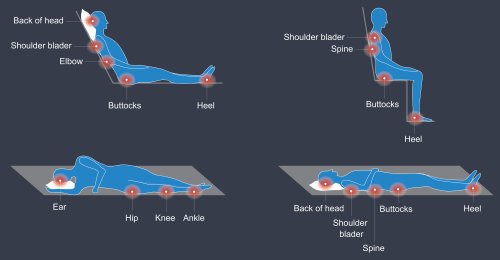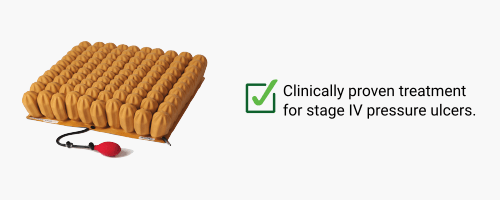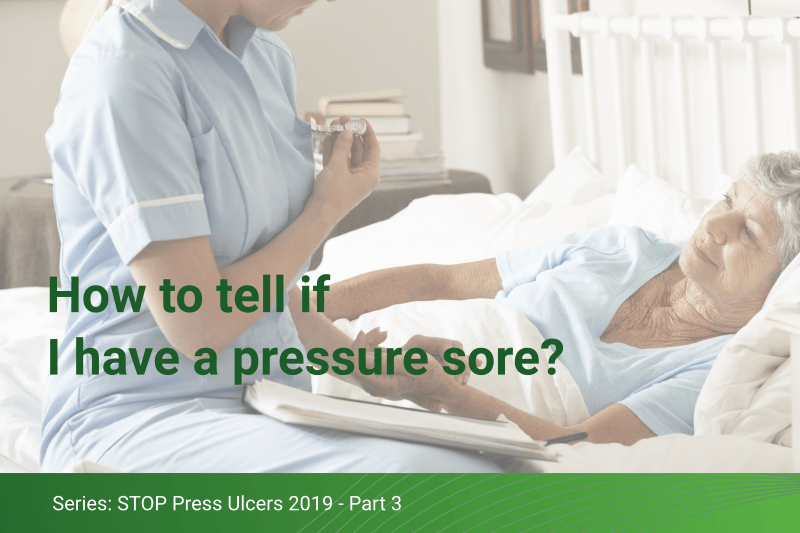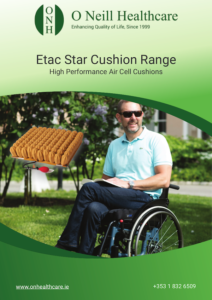How to tell if I have a pressure sore?
For medical professionals, the Quick Reference Guide for Prevention and Treatment of Pressure Ulcers released by the EPUAP, NPUAP and PPPIA contains guidelines for assessing and preventing pressure sores.
For others who may be concerned about pressures sores in the home, you should contact your local GP, care service or healthcare professional if you think you or a family member may be at risk of developing pressure sores.

Areas most prone to pressure ulcers.
Self assessment for pressure ulcers
You may be advised to carry out a self assessment to help spot early signs of the condition. Pressure ulcers are diagnosed by visual examination., here are some guidelines on identifying some early indicators of pressure ulcers:
1. Check for early signs
One of the first signs of a possible pressure sore is reddening, discolouration or darkening of the skin. It may feel hard and/or warm to the touch. Use a mirror to check parts of your body that can be difficult to see, such as your back or buttocks.
If you remove pressure from the affected area for 30 minutes and the skin colour does not return to normal after that time, it can indicate that a pressure ulcer has started to develop. Stay off the area and correct the cause immediately if you can identify it or contact a healthcare professional for guidance.
2. Blanching test
Test your skin with the blanching test by pressing on the discoloured area with your finger. The area should go white under pressure and when you remove the pressure it should return to the reddened/darkened colour within a few seconds, which can indicate blood flow.
If the area stays white, then blood flow in the area may be impaired which can indicate that a pressure ulcer has begun to develop.
3. Darker Skin
Blanching may not be visible for people with darker skin tones even when the skin cells are healthy, so it is important to look for other signs of damage like colour changes, bruising or hardness/sponginess.
Note: Damage is not skin deep
It is important to note that when examining the skin’s surface you are only seeing the smallest part of a potential pressure ulcer so do not underestimate the importance of vigilance against a pressure sore developing. Any damage or indications should be taken seriously.
Pressure ulcers are usually the result of pressure restricting blood flow between the skin surface and bone so the muscles and tissue underneath the skin may also be damaged.
This article is part 3 of a 5-part series on pressure care and pressure ulcers to help raise awareness of pressure ulcers as part of STOP Pressure Ulcers 2019.
Click Here for Part 3 of the Series – “How to prevent pressure ulcers on the buttocks?” >

Preventing and Treating Pressure Ulcers with the Star Lock Cushion
The Star Lock Cushion is one of the best pressure care cushions available for preventing and treating pressure ulcers of wheelchair users. It is clinically proven for the treatment Stage IV pressure ulcers.


